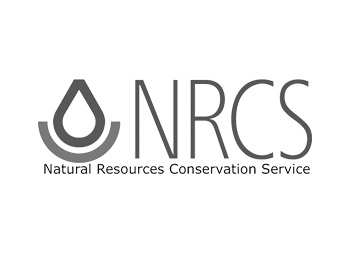Tree planting is just one way to do hands-on volunteer work in your watershed. Once again this winter, Tree for All partners are training volunteers to count frog and salamander egg masses in local parks and natural areas. Each community scientist will pull on a pair of waders to gather data about where frogs and salamanders lay their eggs, how many eggs are laid, and which species are present. This is a great opportunity to build your skills and get a behind-the-scenes, up-to-your-elbows view of some of the most ecologically exciting areas in our region.
Volunteers typically participate in four separate surveys, totaling approximately 12 - 25 hours in late January - March. New volunteers must attend a training session (January 12, 19 or 26) to participate in the 2019 season.
Volunteers will track four native amphibian species: Pacific chorus frogs, Northwest salamanders, long-toed salamanders and Northern red-legged frogs. Why are we so interested in counting amphibian eggs? They let us know how we’re doing. Monitoring these native species helps indicate the overall wetland health and measure how Tree for All’s restoration efforts are helping wildlife thrive. Amphibians are considered an “indicator species” of wetland health. They require high quality ponds and slow-moving creeks for reproduction, and their larvae are sensitive to pollutants such as pesticides, fungicides, and heavy metals.
Interested in being a community scientist? Attend a training this month! Find full details here.
































